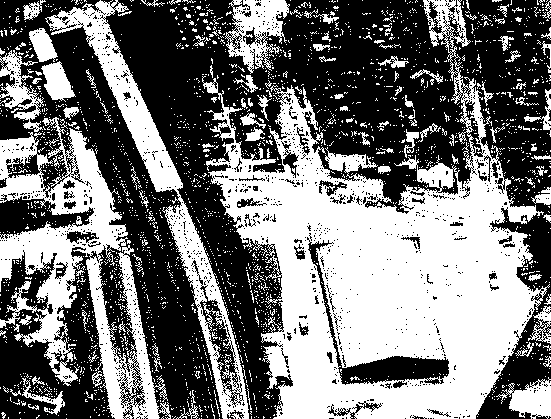
The inside track on railway story
Looking at railways in Croydon during the War.
The coming of war in September 1939 saw drastic reductions under war economy measures. Emergency cuts in passenger services introduced on October 16th, 1939 resulted in Addiscombe being served by a shuttle to and from Elmers End only. This was known as the Popper.
As with members of the other big four railway companies, the Southern had to cope with increased traffic - especially military, evacuation and the general transport of vital materials and goods. As a consequence, the Luftwaffe bombed the rail network.

Addiscombe Station survived the bombing, but lost all of its ornate original SER wrought iron work from the roof, the forcourt railings, its gates and even the lamps - all to do with the scrap drive to assist the war effort. After the war a degree of normality slowly returned, but one which was hampered by prevailing austerity of the time. A labour government was voted in, and the railways were nationalised in 1948 under the Railways Act of 1947.
The spring of 1948 saw the return of trains between Addiscombe and Central London with the shuttle for Sunday services.
Attempts to improve the declining services on the Southern Region included the use of "double-decker" stock, but suffered from height clearance difficulties and the time it took passengers to get on and off.
BR decided on lengthening all station platforms to accommodate 10 car sets. In March 1956, the island platform (one and two) was extended to the signal box. The eight car capacity platform three was demolished and the site used as an additional stabling siding. Despite these changes, in September 1958 Addiscombe Station had its service cut from four trains an hour to a single train each half hour. All as a consequence of increased road traffic competition.
Road traffic also spelt the decline and closure of the goods yards on the lines.
The Woodside Signal box lost its importance when the Woodside to Selsdon line was closed on May 13, 1983, and was finally shut down on June 24, 1984.
In fact the Woodside Station became the first un-staffed station on the line in 1993. Then the Tramlink scheme came along. The 1993 Tramlink Bill required use of the Woodside, Bingham Road and Coombe Road track beds to enable the new tram system.
With fierce local opposition, this route plan was fortunately abandoned. The writing was on the wall for local stations. The huge EMU shed at Addiscombe was closed in 1993.